When we think of dinosaurs, our minds often conjure images from movies like Jurassic Park or illustrations in children’s books. However, in recent years, there has been a remarkable evolution in how these prehistoric creatures are represented. Hyper-realistic dinosaur models have emerged as a revolutionary way to bring these extinct animals back to life, combining cutting-edge science, advanced technology, and artistic mastery. These stunning recreations aren’t just changing how we visualize dinosaurs; they’re transforming education, entertainment, and our understanding of prehistoric life altogether.
The Evolution of Dinosaur Depictions Through History

Dinosaur representations have undergone dramatic changes since the first fossil discoveries in the early 19th century. Initial Victorian-era depictions portrayed dinosaurs as lumbering, lizard-like creatures with scales and dragging tails, reflecting the limited scientific understanding of the time. By the mid-20th century, the “Dinosaur Renaissance” led by paleontologists like Robert Bakker began transforming these images into more active, dynamic animals. The release of Jurassic Park in 1993 marked another watershed moment, introducing mainstream audiences to dinosaurs based on contemporary scientific theories. Today’s hyper-realistic models represent the culmination of this evolutionary journey, incorporating the latest paleontological findings to create representations that are light-years beyond those early Victorian imaginings, with accurate anatomical details, postures, and even speculation about soft tissues and behaviors that fossil records alone cannot reveal.
The Science Behind Modern Dinosaur Reconstructions

Creating today’s hyper-realistic dinosaur models requires a multidisciplinary approach combining paleontology, comparative anatomy, and evolutionary biology. Scientists begin with fossil evidence, studying bone structure to determine size, posture, and range of motion. When direct evidence is lacking, researchers employ phylogenetic bracketing—analyzing related living species to make informed estimates about features like muscle attachment, soft tissue structures, and even possible coloration patterns. Advanced technologies like CT scanning allow scientists to examine fossils without damaging them, revealing internal structures and providing insights into brain size, sensory capabilities, and other anatomical details. Biomechanical studies using computer modeling help determine how dinosaurs moved, providing crucial information for accurate posing of models. This scientific foundation ensures that modern reconstructions aren’t mere artistic interpretations but represent our best current understanding of how these ancient creatures appeared and behaved.
Technological Advancements Enabling Greater Realism

The leap in dinosaur model realism has been propelled by significant technological innovations across multiple fields. Digital sculpting software allows artists to create incredibly detailed 3D models that can be examined from every angle before physical production begins. 3D printing technology enables the creation of complex structural components with unprecedented precision, capturing subtle anatomical details that would be impossible to render by hand. Modern materials science has introduced silicones, resins, and flexible polymers that can mimic the texture and movement properties of skin, muscles, and other soft tissues. Animatronic systems have evolved to create more fluid, natural movements in moving displays, controlled by sophisticated programming that can simulate breathing, blinking, and other subtle life-like behaviors. These technological developments work in concert to create models that don’t merely look like dinosaurs but give the uncanny impression of encountering a living prehistoric animal.
The Artistry of Skin Textures and Coloration

Creating convincing skin for hyper-realistic dinosaur models represents a perfect marriage of science and artistry. Model makers start with the latest research on dinosaur integuments, including rare fossilized skin impressions, evidence of feathers, and comparative studies of related modern reptiles and birds. Artists apply multiple layers of specialized paints and coatings to create depth and dimension, often working under microscopes to add minute details like individual scales, wrinkles, and pores. The coloration process has evolved from educated guesswork to science-based speculation, with paleontologists now able to detect melanin patterns in some exceptionally preserved fossils. Some species-specific features, like the recently discovered evidence of iridescent feathers in certain theropods, require specialized painting techniques to capture accurately. The final application of translucent layers creates the subtle light-scattering properties of real skin, resulting in models that appear to have the living, breathing quality of actual animals rather than lifeless replicas.
The Rise of Feathered Dinosaur Models

Perhaps the most revolutionary change in dinosaur modeling has been the widespread incorporation of feathers, reflecting one of paleontology’s most significant paradigm shifts in recent decades. Evidence now conclusively shows that many theropod dinosaurs—including the ancestors of modern birds—possessed feathered coverings ranging from simple filaments to complex plumage. Creating realistic feathered models presents unique challenges compared to traditional scaly reconstructions, requiring specialized techniques to represent different feather types accurately. Artists often implant thousands of individual feathers by hand, arranged in scientifically accurate patterns based on fossil evidence and studies of modern birds. The coloration of these feathered models incorporates research suggesting that many dinosaurs displayed vibrant patterns used for species recognition, territorial displays, or mating rituals. These feathered reconstructions have dramatically changed public perception of dinosaurs, transforming the popular image of cold-blooded reptiles into more dynamic, bird-like creatures that reflect their true evolutionary relationships.
Museum Displays: From Static to Dynamic Presentations
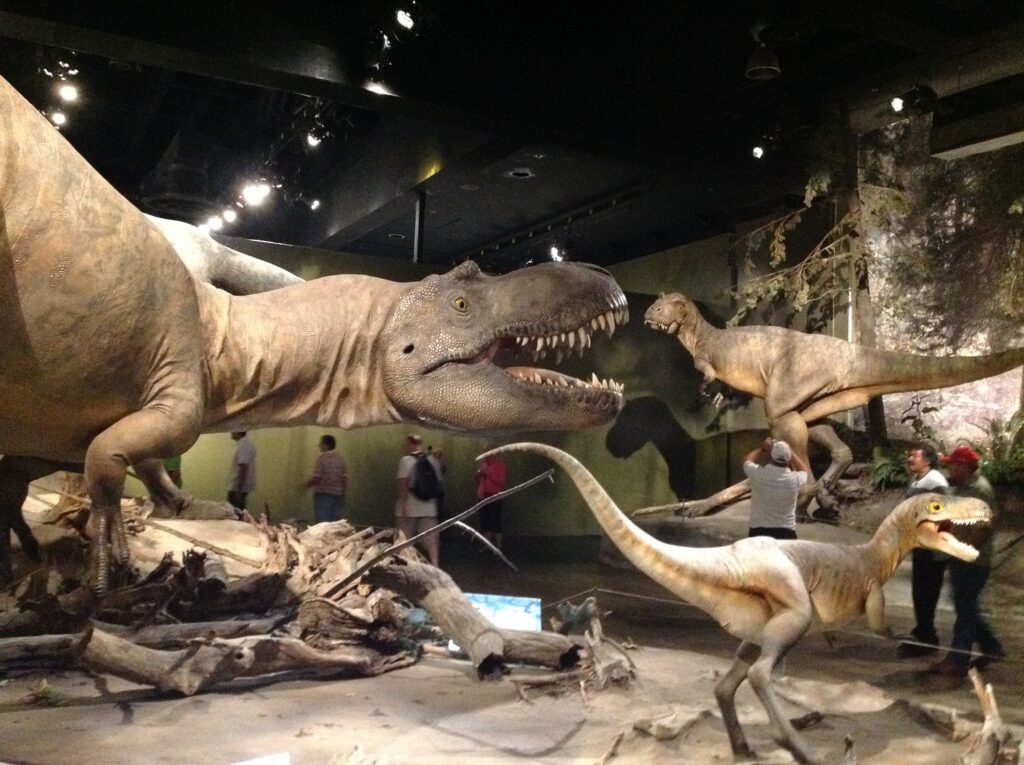
Museums worldwide have embraced hyper-realistic dinosaur models to revolutionize their prehistoric exhibits and visitor experiences. Traditional static skeleton mounts are increasingly complemented or replaced by lifelike reconstructions that provide visitors with a more intuitive understanding of how these animals appeared in life. Many modern exhibits incorporate animatronic elements that demonstrate dinosaur movements and behaviors, bringing a kinetic dimension to formerly static displays. Contextual environmental recreations surround these models with accurate prehistoric plants and landscapes, creating immersive dioramas that transport visitors millions of years into the past. Interactive elements often accompany these displays, allowing visitors to compare their size to dinosaurs, examine detailed features up close, or even control simple movements of the models. This evolution in museum presentation reflects a fundamental shift in educational philosophy, focusing not just on the scientific facts of dinosaur anatomy but on creating emotional connections and memorable experiences that enhance learning and retention.
Entertainment Industry Applications
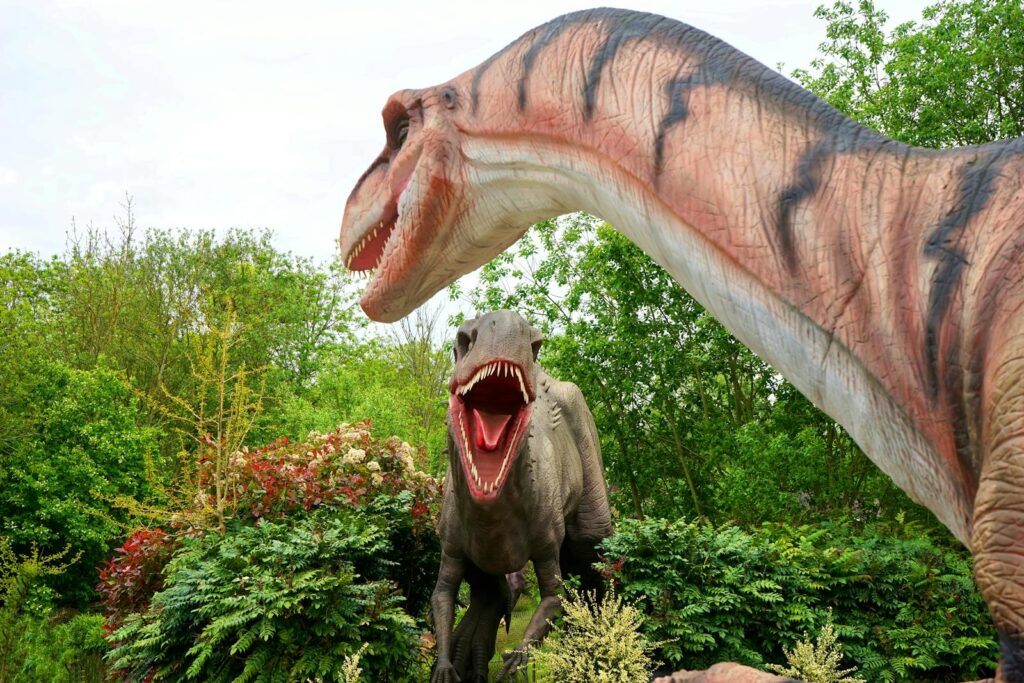
The entertainment industry has been both a beneficiary and driver of advances in hyper-realistic dinosaur modeling. Film productions have progressed from the groundbreaking but relatively simple animatronics of the original Jurassic Park to today’s sophisticated combinations of physical models and digital effects that can withstand intense scrutiny in high-definition formats. Theme parks worldwide feature increasingly lifelike dinosaur attractions, from walk-through prehistoric trails with static models to elaborate shows featuring animatronic specimens capable of complex movements and interactions. Traveling exhibitions like “Walking with Dinosaurs: The Live Experience” have taken dynamic dinosaur models on global tours, featuring life-sized recreations with unprecedented ranges of motion and realism. The gaming industry has similarly benefited, with paleontologist-consulted designs providing scientifically accurate dinosaur representations in virtual environments. These entertainment applications not only capitalize on public fascination with dinosaurs but also serve as important vectors for disseminating updated scientific understanding to mainstream audiences.
Educational Impact on Dinosaur Perception

Hyper-realistic dinosaur models have fundamentally transformed how people—especially children—learn about and conceptualize prehistoric life. Unlike abstract skeletal mounts or two-dimensional illustrations, these lifelike recreations provide immediate, intuitive understanding of dinosaur appearance, scale, and presumed behaviors. Educational institutions report significantly higher engagement levels when incorporating realistic models into their programs, with students demonstrating better retention of information and more sophisticated questioning. The tactile dimension of these models is particularly valuable for younger learners and those with different learning styles who benefit from multi-sensory educational experiences. Schools unable to afford permanent installations often utilize traveling exhibits or smaller-scale, accurate models as powerful teaching tools. Perhaps most importantly, these models help correct persistent misconceptions about dinosaurs that originated from outdated depictions, aligning public understanding more closely with current scientific consensus about these fascinating animals.
The Role of Paleontologist Consultants
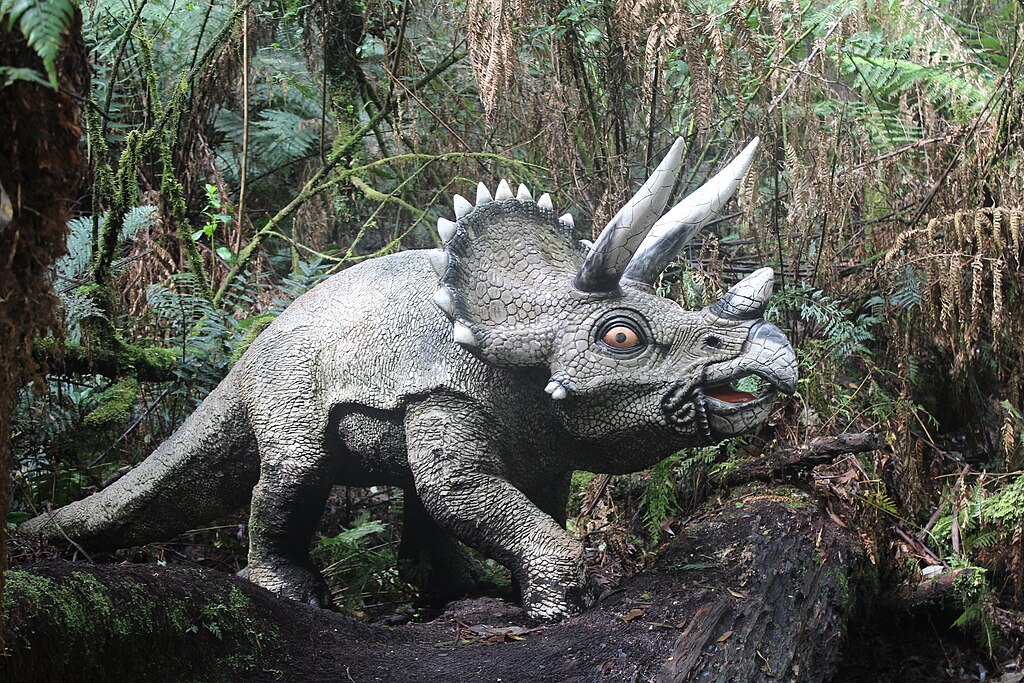
The creation of truly accurate hyper-realistic dinosaur models increasingly involves direct collaboration between artists and scientific experts. Leading paleontologists now regularly serve as consultants throughout the modeling process, reviewing initial designs, suggesting modifications based on recent discoveries, and approving final versions before public display. This collaborative approach represents a significant shift from earlier practices where artists worked primarily from published materials, often incorporating outdated or speculative elements. Paleontologists provide crucial guidance on anatomical details that might be overlooked by even skilled artists, such as the precise articulation of joint structures or the positioning of muscle attachments visible only to trained scientific eyes. Some institutions have formalized this relationship by establishing dedicated teams that pair scientists and artists in permanent collaborations. These partnerships have raised the standard for scientific accuracy in public-facing dinosaur representations, while simultaneously giving scientists valuable new tools for visualizing and testing hypotheses about dinosaur appearance and function.
Digital Models and Virtual Reality Experiences
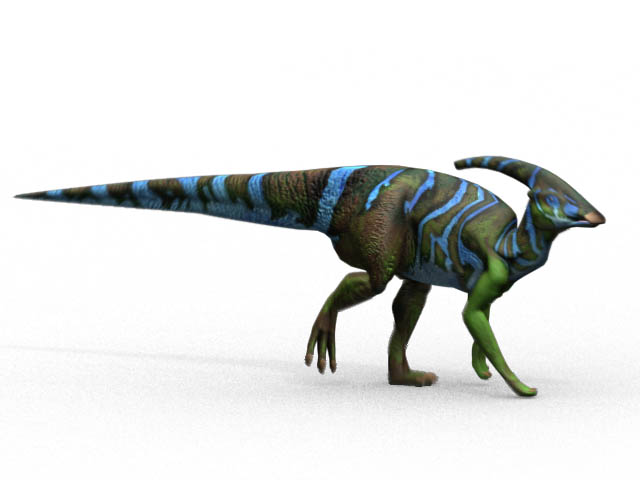
The frontier of hyper-realistic dinosaur modeling increasingly extends into the digital realm, creating unprecedented opportunities for both scientific research and public engagement. Paleontologists now utilize sophisticated computer modeling to test theories about dinosaur biomechanics, running simulations that predict how these animals moved based on their skeletal structure and presumed musculature. Virtual reality technologies allow researchers and the public to “inhabit” the same environments as accurately recreated prehistoric animals, providing a sense of scale and presence impossible with traditional displays. Educational applications include VR experiences where users can dissect virtual dinosaurs, examining internal anatomical features layer by layer, or observe simulated behaviors based on current scientific understanding. Digital modeling also enables rapid updating when discoveries occur, avoiding the significant expense of replacing physical models. Some institutions are developing augmented reality applications that overlay digital dinosaurs onto real environments through smartphones or specialized glasses, creating accessible dinosaur encounters outside traditional museum settings.
Commercial Market for Collector-Grade Models
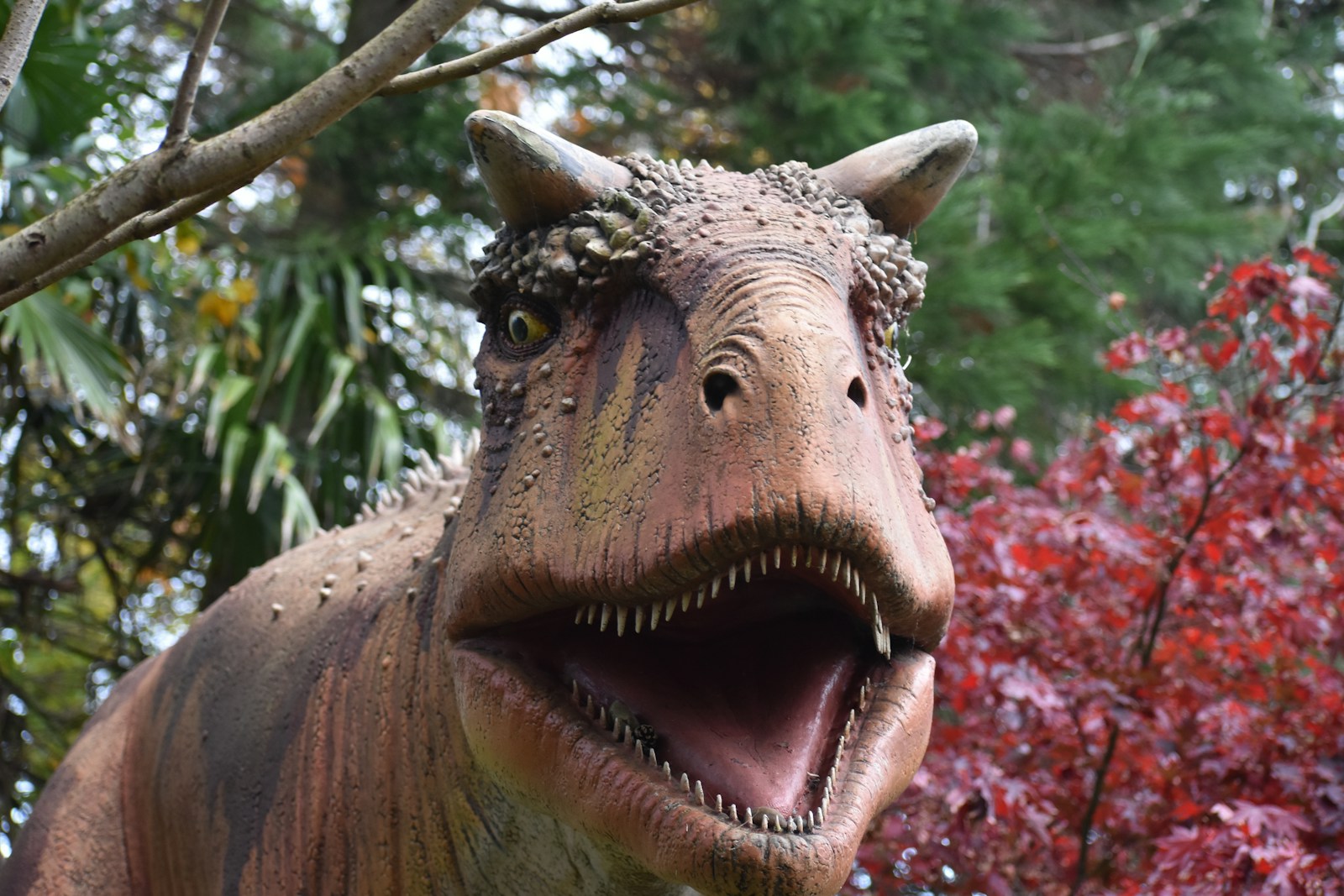
A sophisticated market has developed for museum-quality dinosaur replicas aimed at private collectors, scientific institutions, and corporate displays. Companies specializing in paleontological replicas produce limited edition pieces with extraordinary attention to scientific detail, often priced from thousands to tens of thousands of dollars, depending on size and complexity. These high-end models frequently incorporate the latest scientific findings, sometimes preceding museum updates in reflecting discoveries. Serious collectors value pieces that come with documentation of the scientific sources consulted and the modeling methodologies employed. The market includes diverse options ranging from desktop-sized models perfect for offices or home displays to full-sized specimens suitable for corporate lobbies or private museums. This commercial ecosystem supports specialized artists and technicians who might otherwise lack outlets for their highly specialized skills, while simultaneously creating additional channels for disseminating scientifically accurate dinosaur representations beyond traditional educational institutions.
Challenges and Controversies in Reconstruction

Despite advances in technology and scientific understanding, creating truly accurate dinosaur models remains fraught with challenges and occasional controversies. The fundamental limitation remains the incompleteness of the fossil record, with many species known from partial remains that require significant extrapolation. Scientific debates about specific dinosaur features—such as the extent of feathering in certain species or the positioning of nostrils and ears—can lead to competing model designs, each reflecting different interpretations of available evidence. Color and pattern reconstruction presents particular difficulties, with direct evidence of pigmentation preserved only in exceptional circumstances, forcing model makers to make informed but ultimately speculative choices. Cultural expectations sometimes clash with scientific accuracy, particularly when new evidence contradicts deeply entrenched popular images, as happened with the introduction of feathered theropods. Ethical questions occasionally arise about how to represent scientific uncertainty in public-facing models, with some institutions choosing to clearly label speculative elements while others present a more definitive appearance. Despite these challenges, the field continues to progress through transparent discussion of limitations and continuous refinement as new evidence emerges.
The Future of Hyper-Realistic Dinosaur Modeling
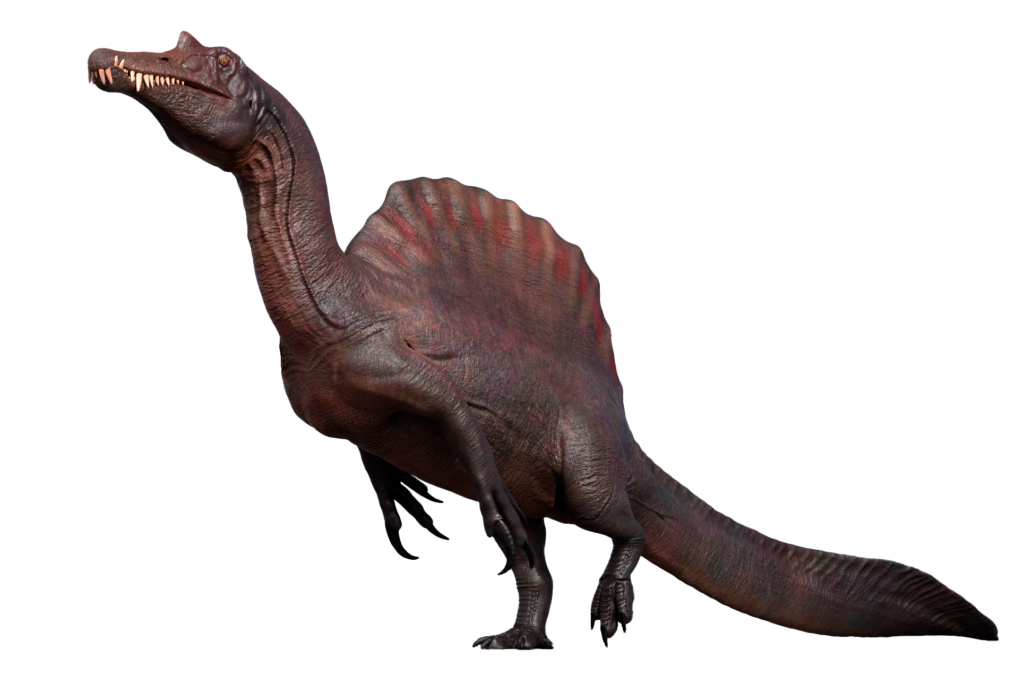
The trajectory of dinosaur modeling points toward even more astonishing developments in the coming years. Emerging technologies like synthetic biology may eventually allow the creation of living skin cells that more perfectly replicate the texture and appearance of dinosaur integuments. Advanced robotics promises more fluid, natural movement patterns in animatronic models, potentially incorporating artificial intelligence to create responsive behaviors. Nano-scale surface treatments may soon recreate the exact light-scattering properties of different types of scales, skin, and feathers with unprecedented accuracy. The growing field of paleoneurology—studying ancient brain structures—may inform more sophisticated models of dinosaur sensory capabilities and behaviors. Perhaps most significantly, ongoing fossil discoveries continue to refine our understanding of dinosaur appearance, with new finds regularly challenging previous assumptions. While we will never know with absolute certainty exactly how dinosaurs appeared in life, the collaboration between science, art, and technology continues to narrow the gap between our representations and the magnificent animals that once ruled Earth.
Conclusion
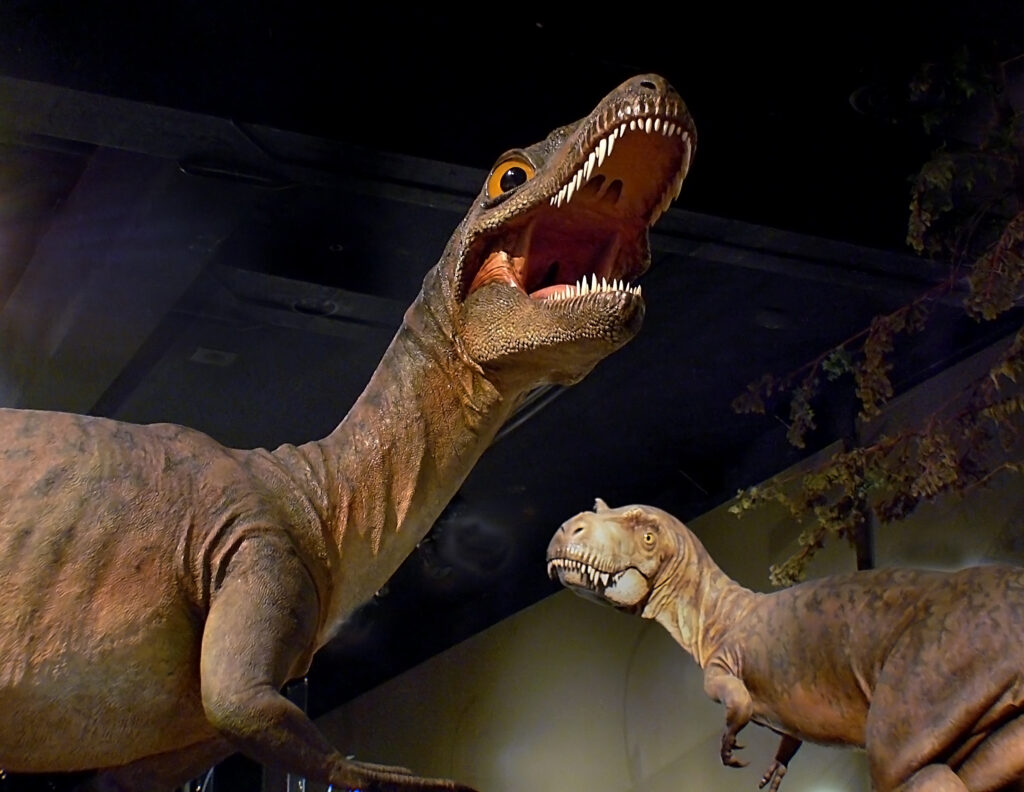
The rise of hyper-realistic dinosaur models represents far more than an aesthetic improvement in how we depict extinct animals. These remarkable creations embody the intersection of paleontological science, technological innovation, and artistic craftsmanship, transforming abstract fossil evidence into visceral encounters with prehistoric life. As museums, entertainment venues, and educational institutions increasingly adopt these lifelike reconstructions, our collective understanding of dinosaurs continues to evolve, moving ever closer to appreciating these animals as they truly were, not as monsters or movie characters, but as real biological entities that once inhabited our planet. Through these models, the ancient world becomes more accessible and comprehensible, connecting us more deeply to Earth’s remarkable evolutionary history and the incredible diversity of life that has existed across geological time.




